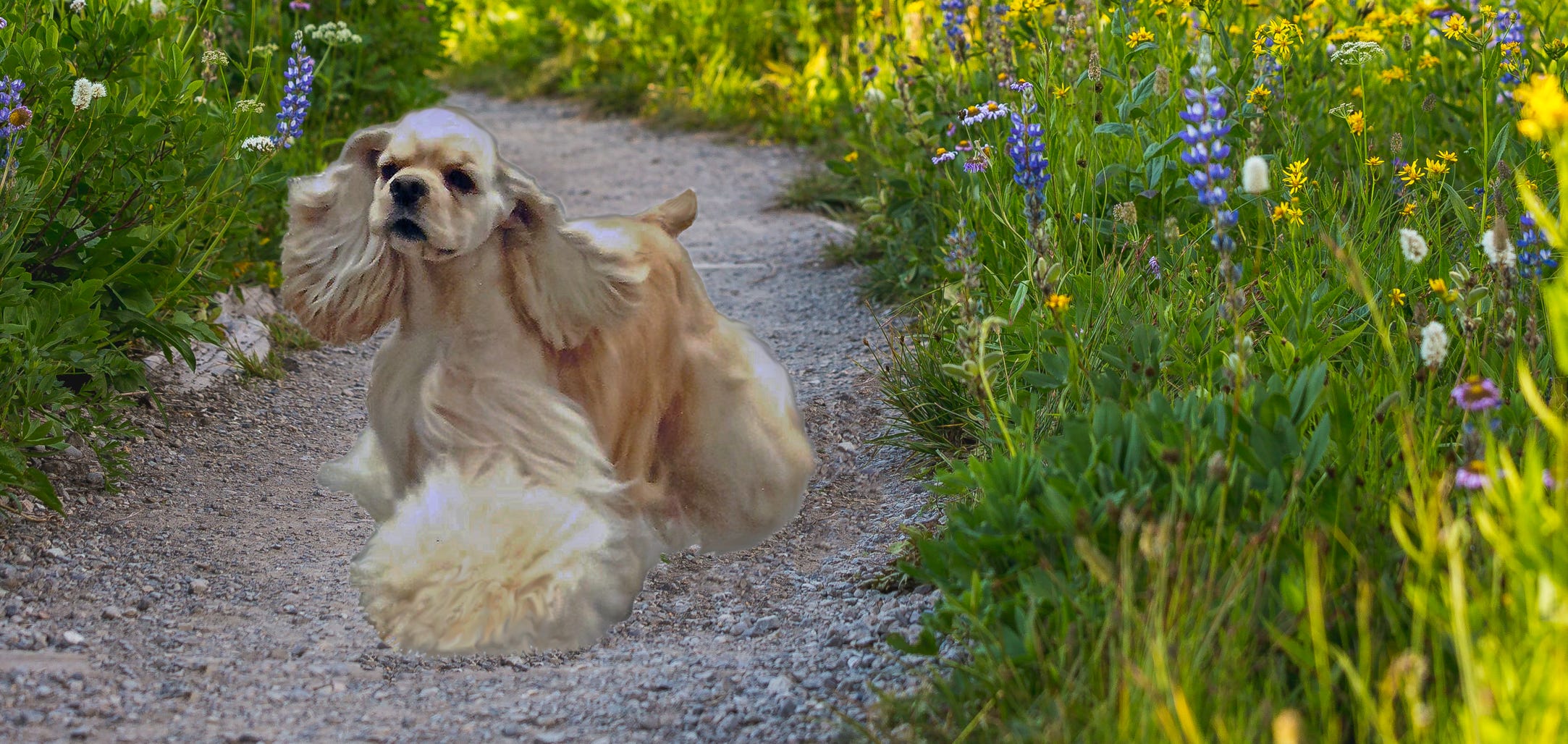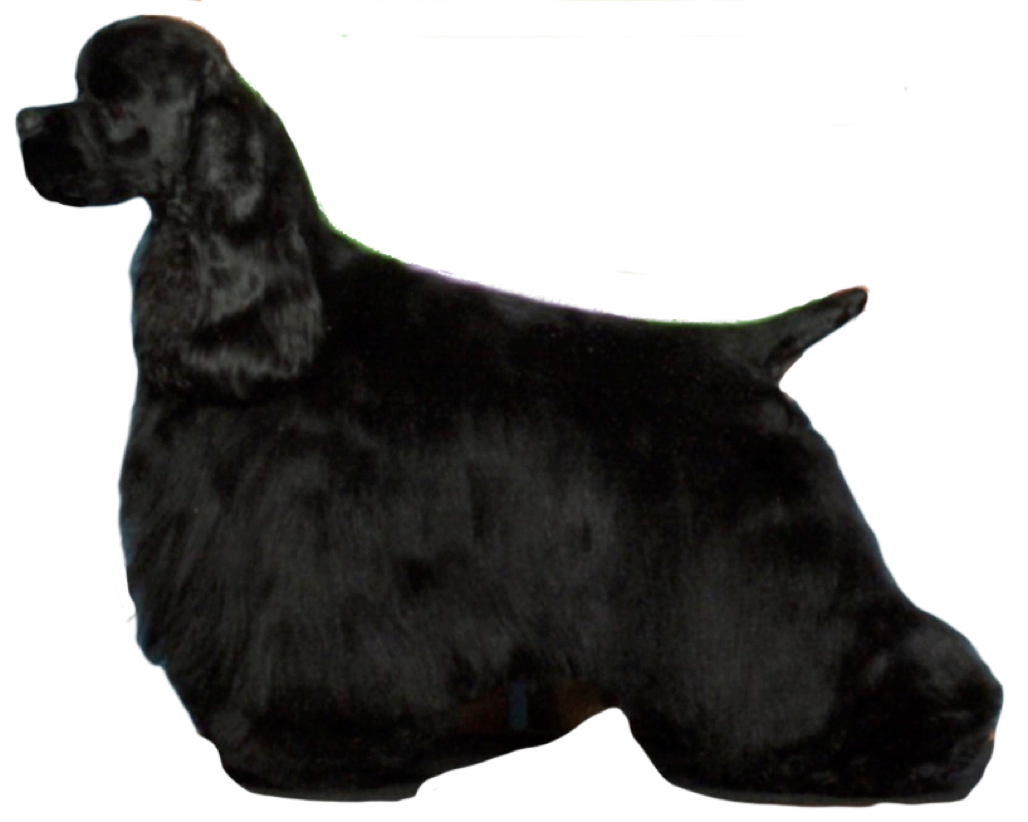
KNOW MORE!

Lorem ipsum dolor sit
UP YOUR DOG SHOW GAME

KNOW MORE!

Lorem ipsum dolor sit
UP YOUR DOG SHOW GAME
Lorem ipsum dolor sit amet, consectetur adipiscing elit. Aliquam tincidunt lorem enim, eget fringilla turpis congue vitae. Phasellus aliquam nisi ut lorem vestibulum eleifend. Nulla ut arcu non nisi congue venenatis vitae ut ante. Nam iaculis sem nec ultrices dapibus. Phasellus eu ultrices turpis. Vivamus non mollis lacus, non ullamcorper nisl. Pellentesque habitant morbi tristique senectus et netus et
Judging Conformation from Photos
Read Time: 5 min 33 sec

By
Eilene
White
With the popularity of Facebook, Instagram, and other social media venues, we have access to hundreds of dog photos online. We can now purchase a promising puppy or adult from the other side of the USA or another country via Facebook advertising. This can be scary and sadly disappointing when the actual puppy arrives without the conformation you thought you saw in the pictures.
How can you tell if you are new to the world of dogs and conformation? Sometimes, those glowing statements about a puppy or dog are incorrect. One could easily be misled into learning incorrectly about conformation using the comments posted on a photo. How do you evaluate the conformation from a picture? In this article, I will demonstrate some simple guidelines and techniques that will give you insight into how a dog is constructed when viewing an image.
First off, know the Breed Standard. (Yes, I know you are tired of hearing that everywhere you turn.) You should know it: in and out, back to front, etc. Knowing your Standard helps you understand what to look for in a photo, good or bad.
The best photo to judge conformation is a side-view, taken directly across from the dog, centered right behind the elbow area, and not taken from above the dog. A photo taken from a 3/4 angle on the front or from the rear can make it very hard to judge conformation angles. Photos are not the same as going over a dog in person. They are an excellent way to sharpen "Your Eye For A Dog." Dogs can be trained to stack and look fabulous in that stack, but when they move, their faults that were hidden on the stack will become apparent.
TEST ONE: Total Dog Balance
Balance is a word used frequently in animal conformation. With dogs, the easiest way to check overall balance is to draw three equal circles on the dog's picture (literally or imaginary).
Circle 1 is the shoulder area,
Circle 2 is the ribcage area.
Circle 3 is the rear-end area.
All three of these circles should be the same size as the parts of the dog they cover. Many times, you will have circles of different sizes. This will tell you where a fault is located. A straighter rear-end area will be a smaller circle overall than a correct rear-end. An oblong circle in the middle will show a longer back or loin area. A smaller front circle usually indicates a lack of forechest. A closer look at the dog's build will explain why the circles do not match.
TEST TWO: Does the point of the shoulder and the point of the elbow line up per the Breed Standard?
The Cocker Spaniel Breed Standard calls for the shoulder and upper arm to be aligned at a 45-degree angle. This is the ideal shoulder and upper arm angulation for good reach in the hunting dog, which is expected to be able to trot all day long.
The point of the elbow and the highest point of the shoulder blade are supposed to be in line with each other. If you draw a line down from the highest point of the shoulder to the elbow, the two areas should be in line. A fault commonly seen is when the point of the shoulder is further up the neck toward the ears of the dog. This would indicate a straighter shoulder angle than the Standard calls for. The dog will have less reach than desired (the angle of the shoulder dictates how far out the leg will reach). How do you find the actual point of the shoulder? In a photo, it can be challenging, but it helps to have experience physically going over a dog. With your eyes, start at the head and follow the neck down to where the neck connects to the back. Look for a slight dip or a different shadowing on the dog. This generally indicates the actual shoulder area. On Parti-colors, the markings can fool you into thinking the dog has perfect shoulder layback when, in reality, it is the location of the markings.
TEST THREE
Draw a line from the middle of the front foot straight up through the dog. Where does that line end up? It should go through the shoulder area of the dog, NOT the neck and ear of the dog. If the line dissects part of the neck and the ear, the upper arm angle of the dog is too straight. A straight upper arm has the dog moving its leg like a Minature Pinscher or Hackney horse, lifting the front feet up instead of out. Cockers should move with long and low steps to save energy to hunt all day.
TEST FOUR
Measure the leg length from the point of the elbow to the ground (or the table if the dog is stacked on the table). Take that measurement (using your fingers or a piece of string works great), put that on the elbow, and go straight up the dog ending where the dog ends. The length from the elbow to the ground should equal to or be a bit greater than the length from the elbow to the top of the dog's body. If the measurement from elbow to ground is less than elbow to the top of the dog's body, that dog is "Low on Leg." (Legs less in height than body.) When the term "Balance" is mentioned or the phrase "Long and Low," this is the "Low" part of that saying. "Up on Leg" means a dog whose leg length is equal to or greater than the width of body mass (elbow to top of dog).
TEST FOUR: Hock Length
The Standard calls for low or well-let-down hocks. The reason for this is that the lower the hock is to the ground, the stronger it is. The hock is the dog's power engine, pushing the dog's body forward. Low hocks give correct power. Measure the hock from point to ground; that is the base measurement of the hock length. Then measure from the ground straight up to the top of the dog, near the base of the tail- that is the total length of leg measurement. Divide the length of the hock measurement into the measurement from the ground to the top of the dog near the tail area. This will give you the height of the hocks. 1/3 hock to overall height is ideal, low hocks, 1/2 is high hocks. Most cockers do not have the 1/3 measurement.
TEST SIX: Over-Angulation
We hear this word a lot in regard to cockers. What exactly does this mean? The rear end bones of the cocker, the thigh, and the 2nd thigh should be equal in length. Many times, in the effort to create a very sloping topline, the 2nd thigh is longer. This allows the dog to stretch his legs out behind in an over-exaggerated pose. The longer second thigh also gives a higher kickback when the dog is trotting. We have all seen photos of movement when the back leg is higher in the air than the front legs. Also, if the front assembly has straighter angles than the over-angulated rear, the dog will side-wind in an effort to avoid hitting the front legs at the trot. In a good movement photo, both front and back legs should be the same distance off the ground. The space between the front legs and the space between the back legs should be equal.
Measurement A: Measure the length from under the tail point of the buttocks to the area by the tuck-up. This is the thigh. Measurement B: Measure from the tuck-up area to the point of the hock (you can feel the knee and where the two bones connect). These two measurements should be equal. Over-angulation occurs when the second thigh is longer than the upper thigh.
IN CONCLUSION
These small tests will help you, the reader, better evaluate dogs from photos. I should mention that sometimes the dogs are photo-shopped, and structural issues have been corrected. Unfortunately, not every photo can be evaluated with 100% accuracy. This article is merely a guideline to help those who want to improve their knowledge about dog conformation and how to look at photos.
Eilene White has a bachelor Science in breeding and genetics in Equine Science. She has taught at Meredith Manor and Colby Community College in Equine Science. She has used those skills in her Cocker breeding and showing program for 25 years, breeding 35 champions to date, all but three were breeder owner handled. Eilene won WD at American Spaniel Club in 2021 and was WB and BISS Owner Handler at ASC in 2022. She also has numerous wins at specialties shows. Eilene has had the thrill of being asked to give educational lectures at several ASC Cocker National shows. She was Editor and Publisher of the Cocker Classic Magazine for 15 years.
SHARE US ON FACEBOOK